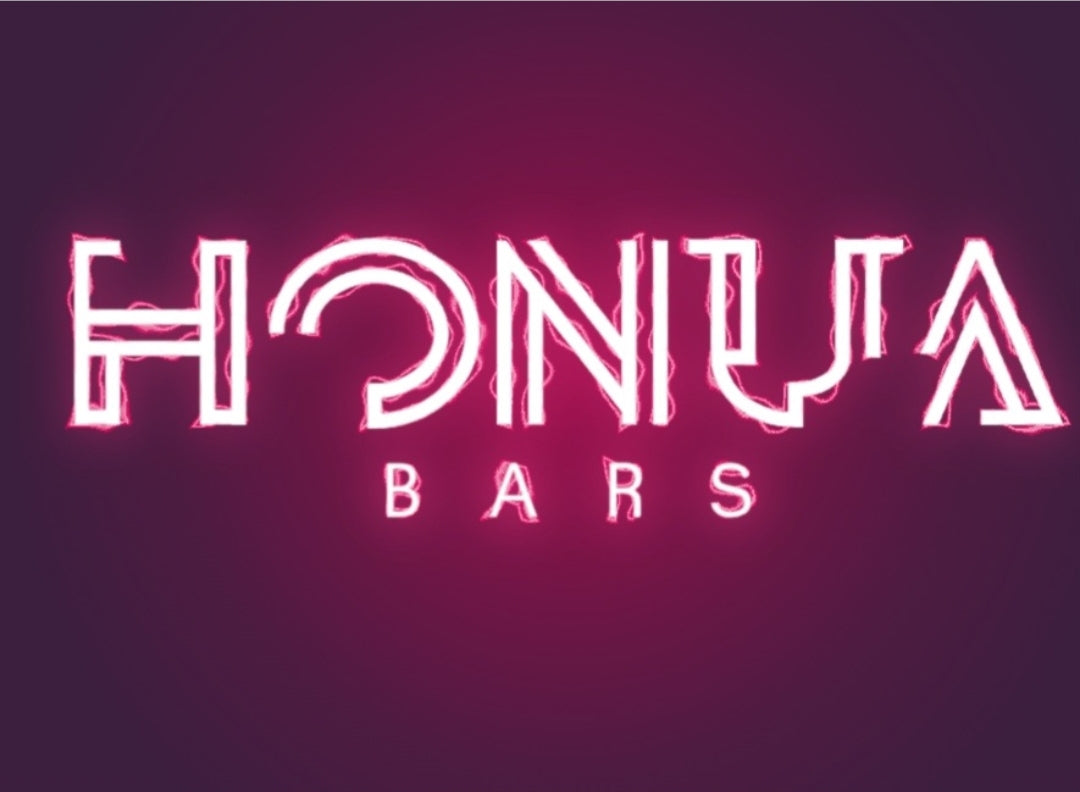Article: Shampoo bar myths debunked

Shampoo bar myths debunked
There are some common misconceptions around solid haircare, so check out this article if you're curious about trying bars!
Myth No 1: Shampoo bars don't lather.
Myth debunked: This is a common concern, but if you have purchased a soap-free shampoo bar (and not one of the soap-bars masquerading as shampoo) then do not fear; it will lather! How much it will lather depends on the surfactant blend. Honua Bars have been carefully formulated to give a rich, creamy, bubbly lather.
Honua Bars are 100% concentrated shampoo, whereas liquid shampoo is generally 80% water and 20% shampoo. This means that you need to really wet the bar first, rub it between your hands to get that lather going, and keep adding water as you go. You’ll find that you don’t need to use very much; a little goes a long way.
Myth No 2: A solid conditioner won’t detangle.
Myth debunked: Solid conditioners can vary in their ability to deposit, and any solid conditioner will take a bit longer to apply than a liquid. However the Honua Bars conditioners will deposit quickly compared to most competitors, and detangles like an absolute pro! The trick is to activate the bar first by rubbing it between your hands with warm water, and to keep adding water as you rub the bar on your hair. If you are new to bars then ensure to rinse out really thoroughly, as it is a bit harder to tell if you have washed out all the product compared to liquids.
Myth No 3: I’ll have to do a ‘apple cider vinegar’ rinse after using a shampoo bar.
Myth debunked: If you buy a ‘non-soap’ shampoo bar like Honua Bars then absolutely not; you will have soft, clean shiny hair from the very first wash. No cider rinse required! The issue here is that there are two types of ‘shampoo bar’ out there:
- Real shampoo bars which will distinguish themselves as that by marketing themselves as ‘non-soap’; these will be formulated with surfactants that will gently clean your hair, will have a low pH and will leave the hair cuticle closed, protecting the hair shaft.
- ‘Shampoo’ bars that are soap-based, i.e. it's just soap. While great on skin, soap is harsh on the hair. It has a very high pH which leaves the cuticles open and the hair shaft vulnerable, and will do your hair damage in the long run. Some will advocate using a ‘apple cider vinegar’ rinse after a soap-based bar as it has a lower pH and can help close the hair cuticles down; but this will only partially mitigate the harmful effects of shampooing with soap; not undo them. Better to just not cause damage to your hair in the first place!
Myth No 4: Bars are more expensive than liquid shampoo.
Myth debunked: Part of the reason we believe shampoo bars haven’t become mainstream yet is because psychologically people equate 1 shampoo bar with 1 bottle, when really 1 shampoo bar = 3 bottles. And also sadly shampoo bars often look pretty similar to a soap bar, which we know is cheap.
However a shampoo bar is fundamentally very different from a soap bar; it is formulated with surfactants which cleanse your hair differently from how soap cleanses skin. There is a reason why shampoos were developed for washing hair; it needs more gentle treatment than skin does.
The surfactants in shampoo are much more expensive than the lye used in soap making. Then within surfactants you have harsher cheaper ones like SLS and SLES, and gentler (but more expensive) ones like SCI and SLSA. Shampoo bars tend to be made for more discerning target markets, and thus tend to use the expensive gentle surfactants.
In summary: if you buy salon quality hair products then shampoo bars are often more cost effective over time than the liquid equivalents; they just involve a higher up-front cost.


